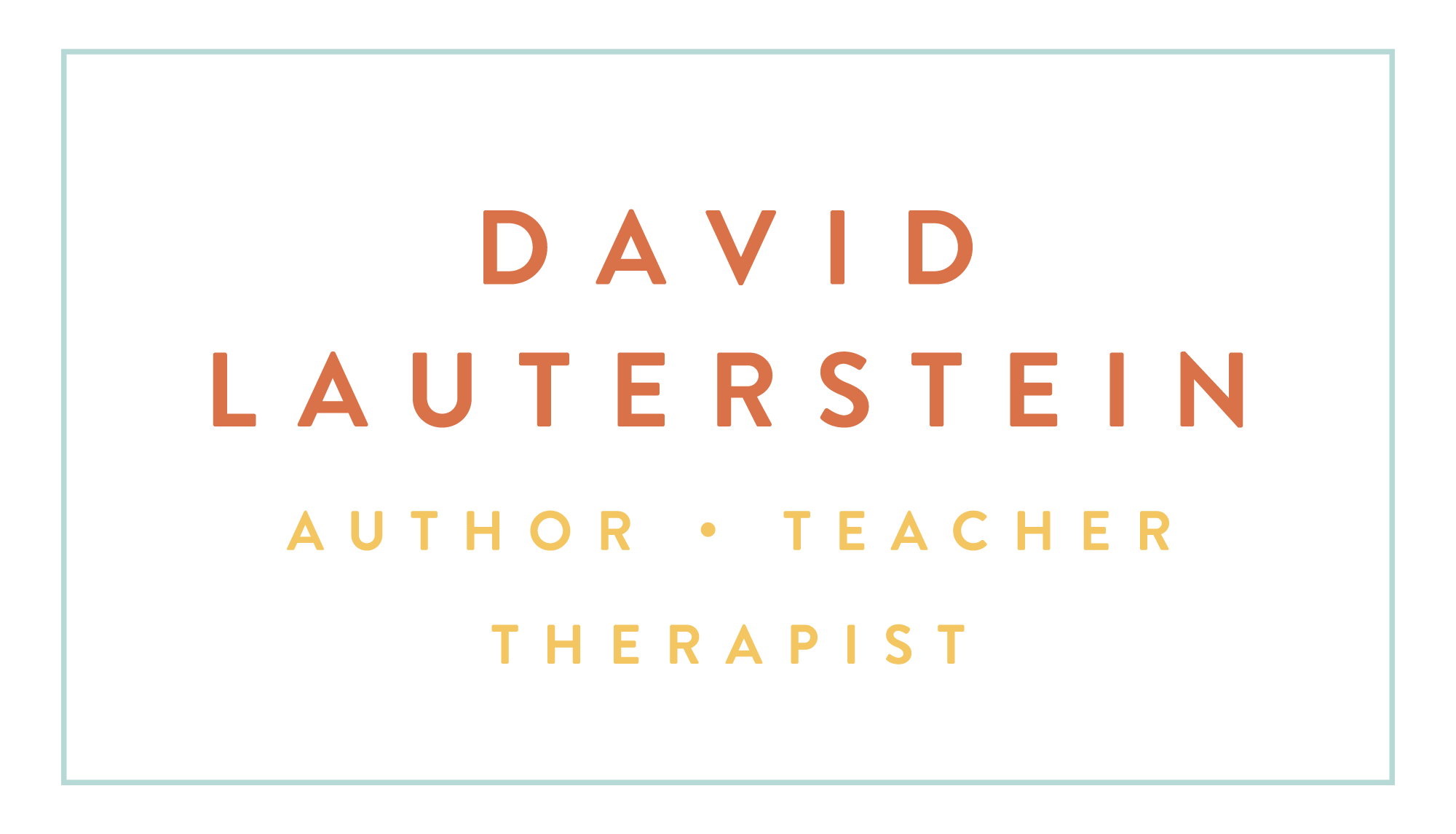MUDRĀS - WORKING WITH OUR LIVING RIBS
In Zero Balancing – and you can do this in the context of any bodywork – we address ribs 1-9 with the client supine.
Positioning
Sitting at the head of the table, slide your hands down beneath the client’s arms, your palms face down resting on the table surface, alongside the middle ribcage. Let your thumbs nestle into the place where the client’s torso meets the table surface. To assure getting under the body gracefully and easily, nestle more deeply, then rotate and adduct your forearms, bringing the elbows medially a bit. You can do this one arm at a time or simultaneously with both arms, whichever is easier. In any case, as you do this, also gently move your shoulders just a little forward so that, as you get into position, your hands move a bit inferiorly. This inferior-ward movement of the hands as they rotate under, was a refinement shown to me by Zero Balancing’s founder, Dr. Fritz Smith. Now you are under their ribs, palms up, with your distal finger pads resting approximately at ribs 9 or 10.
By the way, especially if the client is somewhat difficult to move, you can move your hands into position more easily by asking the client to lift their right shoulder, then the left. As they lift, slide your respective hand under. Then gently remind them to relax, so they let go of the feeling of effort. Often, depending of the size of the person, you will find the little fingers sides of your open palms now touching or at least close to each other.
Pushpaputa Mudrā
I have been doing Zero Balancing with the ribs for over 30 years. I love how there is always the possibility in advanced bodywork for deeper learning and new discoveries.
This gesture of bringing the hands inferiorly as they come under has always reminded me of the giving of alms. This reminder was further illuminated this year in my yoga studies, during which we have been introduced to a variety of mudrās. Mudrās are hand and finger positions that involve meaningful gestures and also are symbolic, their individual meanings often conveyed by their Sanskrit names. “A mudrā is a spiritual gesture and an energetic seal of authenticity employed in the iconography and spiritual practice of Indian religions.” (Wikipedia)
When we do bodywork, our hands assume various positions. The more highly we regard the miraculous abilities, structure, and even linguistic capacities of the hands, the more meaningful and sacred our hands, their expression, and our work may feel. Thus, we may discover we have been consciously or unconsciously utilizing a mudrā in our work.
The way we position ourselves for work with the ribs is for me particularly poignant and invokes indeed a very wonderful particular mudrā.
This mudrā is called the “pushpaputa mudrā”. It comes from the Sankrit. “Pushpa” means “flower” and “puta” means “basket.” So, even before we begin doing fulcrums with the ribs, our hands assume this form and mudrā of the basket of flowers. This is particularly poignant involving the so-called ribcage (I never prefer calling it a cage though). A healthy arrangement of ribs will indeed feel more like a beautiful basket, interwoven ribs that contain and protect the heart, the lungs and the other structures within and flowing through this living area.
Embodying this mudrā imagery then, coming into the position to do the work with the ribcage, itself is a sacred offering. If we want to get imaginative here, we can say we are making a sacred offering of a basket of flowers to this miraculous living segment of our bodymind, itself a kind of basket of living flowers and branches.
Evaluation and Fulcrums
After we have made this initial mudrā, we move into exploring the ribs. Gently bringing the fingertips of one hand at a time into contact with successive ribs, work your way successively up from rib 9, up all the ribs, to rib 1, noting along the way the relative freedom of form and movement, sometimes finding a particular density within a rib or an unyielding movement of certain ribs.
Now get into position again (making the “mudrā” if that imagery appeals to you), and re-evaluate up from ribs 9 to 1. In this pass, if you feel a density that you’d like to feel softer or a rib that could move more freely, place a “fulcrum” there. You do so by curving your fingers just a little more so that the ends of the fingertips are brought into clearer contact with the rib or ribs in question and be still there for a few seconds while you allow the person some time and space to let go there from inside out. You can work unilaterally or, if you find tensions at similar rib levels, bilaterally. Usually during a Zero Balancing session you will do two full sets of fulcrums before moving on to further work with the neck, head, shoulders and arms.
In some sense the ribs express the history of every breath. All the feelings the heart has had and is capable of, are potentials manifest through the ribs and their relationship with the heart and lungs. So the existential gift of the ribs is vast and yet fascinatingly accessible through mindful touch.
I hope that these mudrās, clear and powerful, add inspiration to your life and work and the lives of all whom you touch.
Image Source:https://codexanatomy.com/products/rib-cage-with-flowers
https://www.lettersfromtheyogamasters.com/pushpaputa-mudra/


